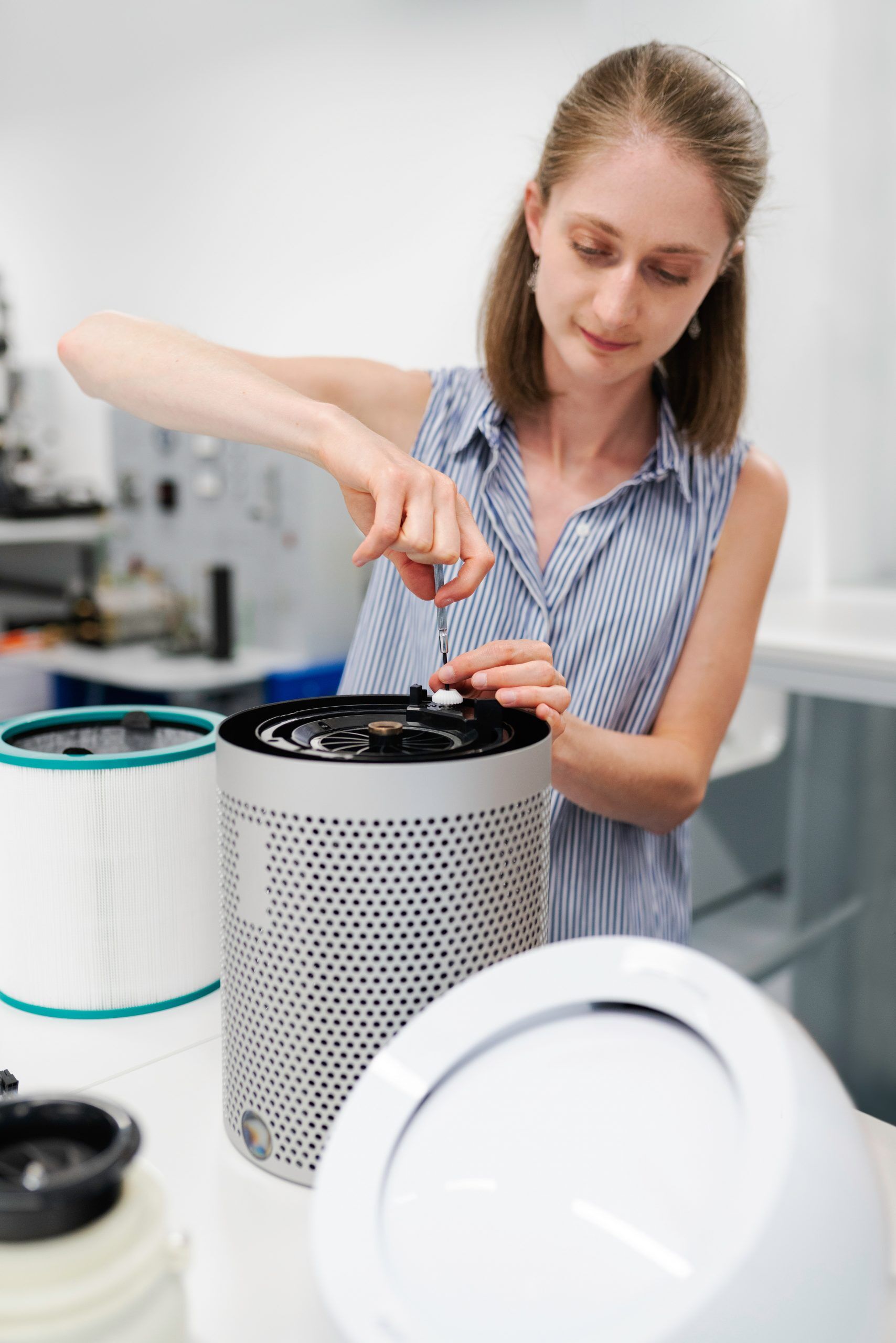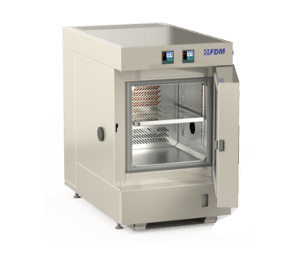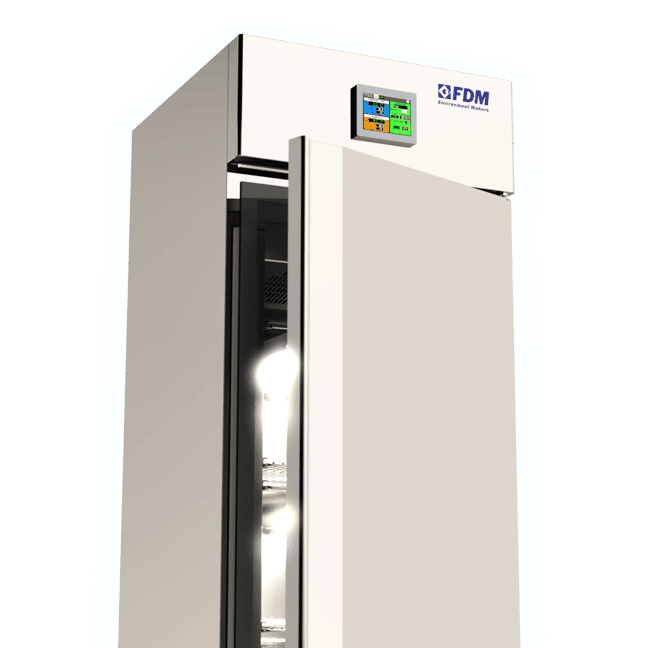
Testing temperature, for many products, is an essential step. We might take, as a concrete example, the aerospace industry, where every detail can make the difference, because of the extreme weather conditions to which an airplane is subjected.
For reasons like this, it is extremely important to regularly calibrate a climatic chamber in order to use it correctly and, above all, to obtain reliable results.
A temperature change, even of a degree, can have a serious impact on industrial products, bio-based devices, automotive and electronic products.
These guidelines are meant to inform laboratory researchers about the several benefits deriving from a proper regular calibration. In the next paragraphs we will analyze:
- The advantages of calibrating a climatic chamber
- The frequency of the calibration
- How to Choose the Right Calibration Laboratory
- The parameters to be considered for the calibration
Compact Climatic Chamber
Discover the new Compact Climatic Chamber
The Advantages of Calibrating a Climatic Chamber
The calibration of a climatic chamber changes over time, just like for any other measurement device. The only way to preserve its accuracy and best performances is periodic calibration.
Some of the benefits of calibrating a climatic chamber:
Precision
Frequent calibration helps to maintain the accuracy of environmental chambers. This reduces the risks and potential issues that may result from incorrect measurements.
Consistency
If a climatic chamber is not calibrated, it can provide inconsistent results, making it difficult to draw the appropriate conclusions.
Reliability
If the calibration of a chamber is not reliable, the results obtained will also not be reliable.
Adherence
A calibrated instrument ensures the compliance with industrial regulations and government standards, so it can be used in total safety.
Traceability
Each time an environmental chamber is calibrated, certificates are provided. This will help in tracking the deviation as well as creating a correct calibration interval.
The Frequency of the Calibration
The main aim of calibrating is to ensure accuracy and reliability of your equipment. The constant use of measuring instruments, exposes them to risks of performance-related issues.
To maintain the overall efficiency of an environmental chamber, calibration needs to be performed as frequently as possible. The calibration frequency of an environmental chamber will depend on the following factors:
Recommendation from the Manufacturer
The manufacturers of environmental chambers usually provide information on when and how to perform the calibration.
Before or After an Important Project
You should of course ensure that the environmental chamber is perfectly working, before starting a big project. But also as the project is finished, the chamber has to be calibrated again because of the intensive use. Frequent heavy use can affect accuracy and performance.
Duration and Frequency of Use
Ideally, the duration and frequency of usage should determine the necessity of a recalibration. This means recalibration should be "personalized" and vary from equipment owner to another.
Equipment Trauma
Equipment trauma is almost unavoidable. The most common one with environmental chambers is internal overload, usually resulting from intense use. Once there is an overload, it is important to recalibrate the chamber before the following use.
Do you have to Calibrate your Chamber?
Contact Us and discover our Calibration special Deals
All the aforementioned criteria should be put into consideration when developing the calibration schedule. In the long run, calibration failure is more costly, compared to regular calibration.
Find out more about our climatic chambers
How to Choose the Right Calibration Laboratory
Competence and compliance to the latest standards should be your priority, when looking for a laboratory to calibrate your environmental chamber. The following guidelines will help your choice.
Accredited Laboratory VS Non-Accredited Laboratory
Both accredited and non-accredited laboratories can provide calibration services. However, it is important to understand what accreditation means. A professional calibration lab is accredited when it has passed official criteria issued by accredited bodies. Criteria includes lab environment, staff, and traceability.
Choosing an accredited lab guarantees the correctness of the calibration service.
Advantages of Choosing Accredited Labs
- Confidence in the calibration outcome
- Technically competent staff
- Equipment traceability
- Supervised lab environment
- Required measurement uncertainty.
Accredited calibration laboratories must follow the highest industry standards, namely ISO / IEC 17025 and clause 7.1.5 of ISO 9001: 2015.
The Parameters to be Considered for the Calibration - What Should be Included in a Calibration Service
When looking for a calibration supplier, ensure they offer an all-in-one service. For a quality calibration, it is important that it includes the following items:
Accurate Measurement Testing
The aim of a calibration is to ensure its accuracy, hence reliable results. When choosing a laboratory to perform a calibration, you need to be sure that it provides accurate tools for the test.
Uncertainty Ratio Measurement
The chosen supplier should be able to assess the uncertainty coefficient present in the measurements of the instrument to be calibrated. Knowing the uncertainty coefficient is important for calculating the accuracy of measurements. This way you will also be able to determine how the performance of the measuring instrument changes.
Traceability Measurement and Calibration
Traceability is key for reliable calibration but is often taken for granted. If calibrations and measurements are traceable, they can be traced back to national standards, for obtaining a higher quality.
Calibration Certificate
A quality calibration service provider will provide a calibration certificate. This document has calibration information and serves as a proof that your equipment is properly calibrated.
Request Information about FDM Calibration Service
Calibration of the FDM Climatic Chamber
We at FDM - Environment Makers deliver the climatic chambers to our customer already perfectly calibrated.
Not only. We can also perform calibration on specific points requested in advance by the customer such as temperature 30 ° and humidity 50%, if these are the values that the customer will use the most.
For further doubts and questions, please do not hesitate to contact us.



